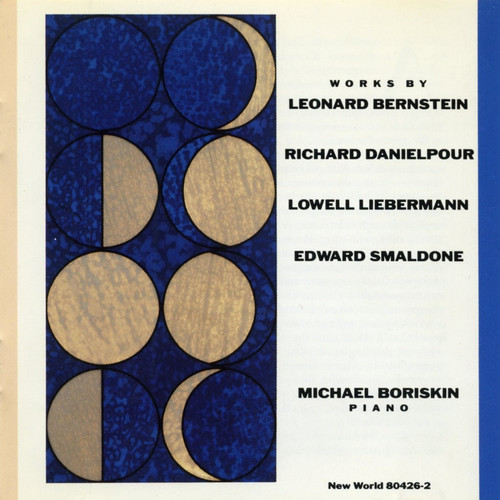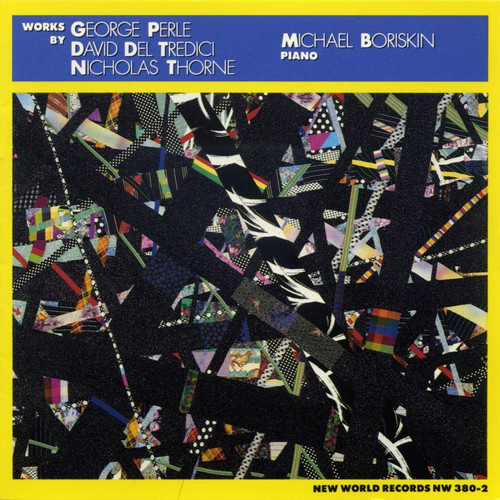Michael Boriskin
Piano Works
Apart from musical considerations, it is entirely appropriate that the work of Leonard Bernstein (1918-1990) stands beside the compositions of three younger Americans on this program of recorded premieres. By example and deed, Bernstein served like no other major American artist as a true role model for at least a couple of generations of aspiring musicians in this country. Moreover, his eclecticism as a composer and performer exemplified the polyglot nature of the arts in America.
Among the com…
Works By Irving Fine, Gian Carlo Menotii, Carl Ruggles, Harold Shapero
At the outset of his career, Harold Shapero (b in 1920) was widely recognized as one of his generation's most promising composers. While in his twenties, he undertook to study closely the musical phraseology and rhetoric Haydn, Mozart, and Beethoven, as a discipline to help him sharpen melodic contours and better manipulate larger musical forms. When the brief piano sonata he set out to compose based on classical principles took only a few days to finish, he decided to write two more. Although t…
Piano Works
The vastly divergent reactions to twelve-tone composition of George Perle, David Del Tredici and Nicholas Thorne are a vivid reflection not only of their different generations, but of the unfolding of musical style change in America. Perle, born in 1915 and educated here at a time when twelve-tone composition was little understood, felt the urge to revise Schoenberg's method so as to reconcile serial chromaticism with the hierarchical elements of tonal practice. The system he evolved, known as “…


